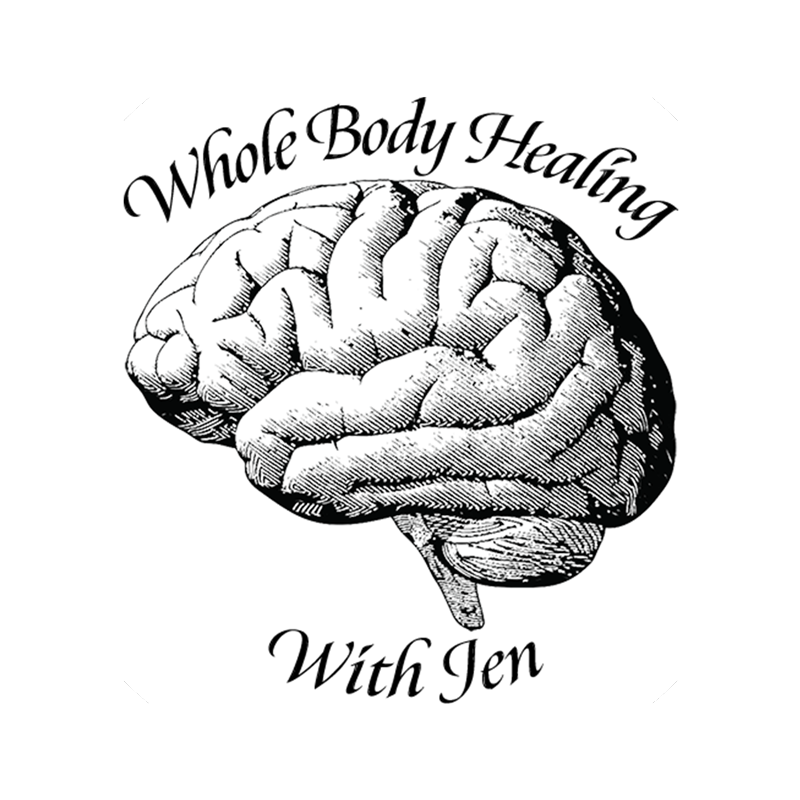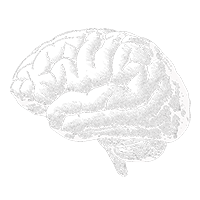Food and Feelings: Heal Your Emotional Relationship with Food
Food and Feelings: How to Heal Our Emotional Relationships with Food
People have complex relationships with food. Whether it’s a history of engaging in fad crash diets, a mother that was constantly criticizing your weight, or a lack of opportunity to learn emotional coping skills that lead you towards using food as comfort, many of us do not see food as the simple tool for nourishment that it truly is. We are caught up in a web of nuanced, difficult emotional memories related to food and then chastise ourselves when we struggle to change our eating habits to improve health.
The key steps to healing your emotional relationships with food are:
1. Clarify your values- understand WHY do you want to change your relationship with food
2. Learn to acknowledge painful emotions and beliefs that cause you to use food for comfort
3. Develop new skills to soothe these painful emotions and process negative beliefs
Let’s walk through these concepts one by one.
1. Clarifying Values
More than anything else, food is nourishment. It provides our bodies with the building blocks to produce hormones and neurotransmitters, fuel our cellular processes, and gives us the energy and vitality to engage in the world. Unfortunately, these natural cravings for nourishment can become hijacked by blood sugar instability, microbiome imbalance, and addiction to the dopamine rush brought on by refined sugar and processed foods. Many of us come to the realization that we need to change our eating habits because our bodies are telling us in no uncertain term that it is not being fueled properly. Anxiety, depression, mood instability, compulsive behaviors, brain fog, chronic pain, chronic fatigue, digestive problems, autoimmune disease… all of these symptoms are, in part, a result of the body trying to tell us that we are not getting the nutrients we need to thrive.
If you are interested in making these changes, you have probably already begun to recognize this fact: food is a biochemical fuel source and you need to improve the quality of your fuel to feel better. Just this recognition alone can help improve your relationship to food. Suddenly the emotional power food holds begins to diffuse- it is now simply a mix of ingredients: vitamins, minerals, amino acids, and macronutrients, nothing more.
But we can take it a step deeper. I want you to ask yourself WHY you want to change your eating habits- more than recognizing the objective value in nutrition’s impact on your mental and physical health. This has to do with your underlying values and beliefs as a person. What do you care about? What are your goals? What fulfills you? What brings your life meaning?
The key is to connect your choices with food to your greater value system. Do you care about feeling strong and energetic in your body? Do you want to be able to have the cognitive clarity to complete that project you feel so passionately about? Does life seem more fulfilling when you can wake up without a cloud of anxiety hanging over your head? Does a sense of purpose fill you when you know you can make intentional choices to actively change the function of your mind and body?
What gives you that sense of inner fire- that bubbly feeling that tells you YES! I’ve found something that truly matters to me- inspires me- drives me. When you find what that thing is for you, you’ll know it. You will feel it in your heart and your gut.
2. Acknowledge painful emotions and beliefs
The first step may sound simple enough, but most of us still have years of complex and difficult experiences related to food and emotions. The reality is, many of us did not learn effective ways to understand, tolerate, or release painful feelings. We turn to food and other substances to soothe, numb and distract us instead.
The reality is, emotions are evolutionary cues to tell us about a needed change. Guilt reminds us that we are straying from our values and priorities. Helplessness reminds us that we need to be humble in our acceptance of lack of control over the world. Fear means there is something harmful we should try to avoid. None of these feelings are inherently “bad”- they are simply reminders- messages from our nervous system. They do sometimes feel daunting when we have negative beliefs about the function of emotions and don’t have a solid sense for how to experience them without getting overwhelmed. But that simply means we are lacking tools- not that the emotion itself is “bad”.
We can learn to tolerate pain because we understand it is a temporary state, it serves an important purpose, and we will survive it. In fact, we can even begin to see these painful sensations as something to honor- knowing that in the end it can open us up to a powerful realization or a new life path. Transformative processes are always uncomfortable- but they are necessary and profound. And acknowledgement is an essential first step in that process.
3. Learn skills to soothe painful emotions and release negative beliefs
Changing our perspective to acknowledging feelings as valid and even important cues from our body opens up the possibility of approaching them in a more helpful and even compassionate way. Once we do this we no longer have the need to use food as a numbing or distracting tool, but can use other methods of self comfort and emotional release. Learning to tolerate the uncomfortable sensations of difficult emotions requires accompanying practices to help us soothe ourselves and process through the experience.
Many people conflate “numbing and distracting” activities with “soothing and processing” activities. Food is usually used as a “numbing and distracting” activity, along with substances such as alcohol and marijuana, and activities like shopping, social media scrolling, and watching TV. This doesn’t mean that these are “bad” activities to engage in. Sometimes a distraction is necessary and even enjoyable. But they cannot replace more productive emotional processing activities such as journaling, dancing, breath work, meditation, prayer, visualization, talking with a friend, exercising, walking, spending time in nature, or any artistic practice. Ideally, these tools should help you sink deeper into an emotion, allow you to gain a clearer understanding of its purpose or underlying message, and then allow you to move through it and let go of it when appropriate.
With these steps, not only do you begin to perceive food as a nourishing substance you have control over, but you have a brand new tool box for understanding, acknowledging, and processing painful emotions. Food no longer becomes an emotional management tool. This doesn’t mean that we can’t still enjoy food or delight in a particular flavor- we should certainly be able to feel positively towards our nourishment, even if we understand it primarily from a biochemical function. But our relationship with food will change when we know we are living life according to our values, and acknowledging and processing painful emotions when they surface because we know they serve an important function of guiding us towards a better life. Healing your relationship with food is not a simple or quick process. It takes patience and practice to learn these tools. But it is a powerful step in your journey towards optimal health and wellbeing.
To delve deeper into this work, I recommend the book “The Food and Feeling Workbook” by Karen Koenig.


